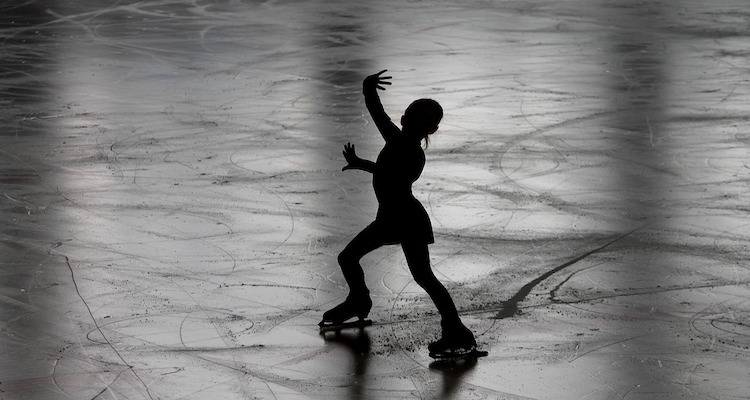
Ice dancing can be considered a moderately dangerous sport, depending on various factors. While it is enjoyed by millions of people worldwide and can be a relatively safe recreational activity when proper precautions are taken, there are inherent risks involved. We now explore eight common injuries when ice dancing.
When competing in ice dancing, there are several common injuries that skaters may encounter. The specific injuries can vary depending on the nature of the sport, the intensity of training, and the individual skater. Here are some of the typical injuries that ice dancers may experience:
It's important for ice dancers to engage in proper warm-up routines, maintain strength and conditioning exercises, and listen to their bodies to prevent injuries. We now turn to explore these preventative measures in more detail.
To help prevent injuries when ice dancing, it is essential to focus on proper technique, physical conditioning, and safety measures. Here are some steps you can take to reduce the risk of injuries:
Remember, injury prevention is a multifaceted approach that combines technique, conditioning, and self-care. By prioritizing safety and taking the necessary precautions, you can enjoy ice dancing while reducing the risk of injuries. Seeking guidance from coaches, trainers, and medical professionals can help in injury prevention and appropriate rehabilitation if an injury does occur.
If you would like to speak to a sport injury professional or a specific branch of sports medicine, such as physiotherapy, then do search our global sports directory of specialists in medicine and sport science.
